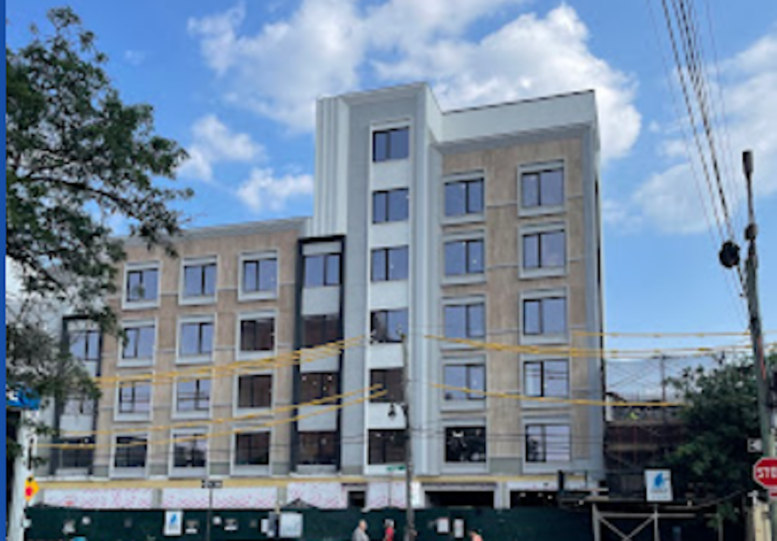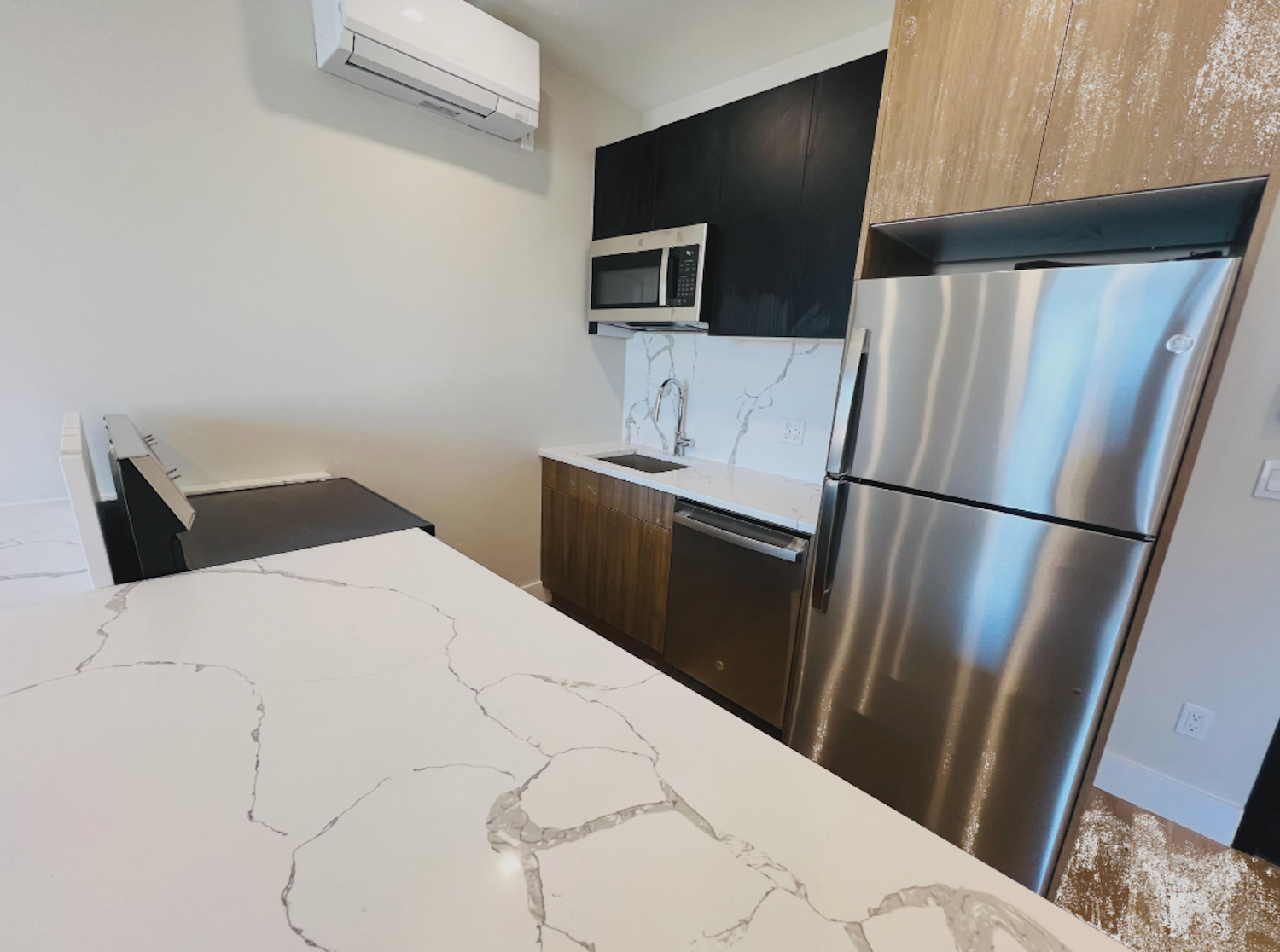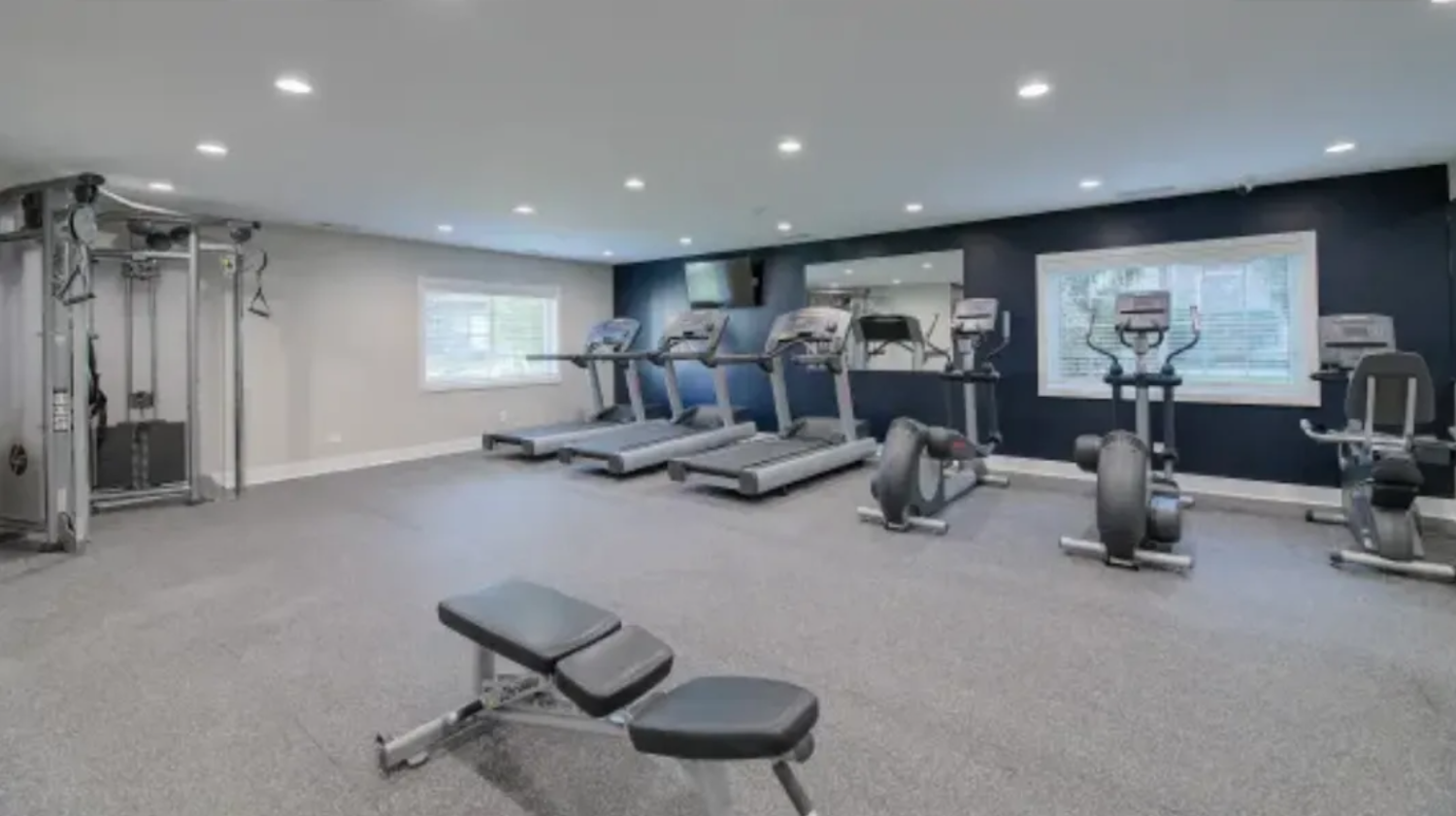Cold and Wind From Arctic Blast To Affect Much of New York State
Dangerously Low Temperatures Expected To Continue Through Next Friday
Feels-Like Temperatures To Reach Negative 15 Degrees Fahrenheit in Coldest North Country Areas Over the Weekend
Lake Effect Snow Warnings and Winter Weather Advisories Continue Through Sunday for Parts of Western and Central New York, Finger Lakes, Mohawk Valley and North Country
Total of Two to Four Feet of Snow East of Lake Ontario When Long-Duration Storm Concludes Sunday Evening
Governor Kathy Hochul updated New Yorkers on weather conditions that will impact counties throughout the state this weekend, and urged them to prepare for colder temperatures next week. Lake effect snow is expected to continue in Western New York, the Finger Lakes, Central New York, the Mohawk Valley and the North Country through Sunday evening. Snow bands are projected to weaken east of Lake Ontario in Central New York overnight on Friday before strengthening again Saturday morning. Strong winds up to 35 miles per hour on Saturday are anticipated statewide, with gusts reaching up to 45 miles per hour in areas of higher elevation. Total accumulations from the long-duration storm that began on Wednesday could reach up to four feet in some locations east of Lake Ontario by Sunday evening.
“While we continue to respond to lake effect snow across the State, an arctic blast is expected to bring dangerously colder temperatures starting this weekend and continuing through next Friday,” Governor Hochul said. “I encourage all New Yorkers to monitor their local forecasts and take precautions to protect themselves against the cold: wear layers, limit outdoor work and stay hydrated.”
Due to Arctic air, temperatures are expected to dip throughout the weekend and continue to remain low through next Friday across much of New York State, accompanied by widespread strong winds with gusts of up to 40 miles per hour on Friday in the North Country. Minimum wind chills will result in “feels-like” temperatures ranging from the single digits across much of the state, not including New York City, Long Island and the lower Hudson Valley, to negative 20 degrees below zero in the coldest parts of the North Country.
Winter Storm Warnings, Winter Weather Advisories, Lake Effect Snow Warnings and Wind Advisories remain in effect for several parts of the state. For a complete listing of weather alerts, visit the National Weather Service website at alerts.weather.gov. New Yorkers are also encouraged to sign up for emergency alerts by subscribing to “NY-Alert” at alert.ny.gov, a free service providing critical emergency information to your cell phone or computer.
Home Energy Assistance Program
The Home Energy Assistance Program (HEAP) can provide up to $996 in heating assistance to eligible households. HEAP benefits are also available to eligible homeowners and renters depending on their income levels, household size and how they heat their homes. A family of four may have a maximum gross monthly income of $6,390 — or an annual gross income of $76,681 — and still qualify for benefits.
Eligible households can receive one Regular HEAP benefit per season, and could also be eligible for up to two Emergency HEAP benefits if they are in danger of running out of heating fuel or having their utility service shut off. New Yorkers can apply at ny.gov/heat. Applications for assistance are also accepted at local departments of social services and can be submitted through the mail or in person. Additionally, older adults needing assistance with HEAP applications can contact their local office for the aging or contact the NY Connects helpline at 1-800-342-9871. Residents can apply for Emergency HEAP benefits by contacting their local HEAP contact.
Code Blue
Under state regulation, a Code Blue is automatically in effect whenever the temperature and wind chill equals less than 32 degrees. Local social services districts are legally required to take necessary steps to ensure those experiencing homelessness have access to shelter and that shelter hours are extended.
The New York State Department of Health advises New Yorkers to prevent serious injury and dangerous health complications that can result from colder weather and winter activities. Cold Weather tips from the Department of Health can be found here; additional tips for preventing frostbite and hypothermia can be found here; information on Carbon Monoxide poisoning can be found here; information on the proper use of generators can be found here; safe winter driving tips can be found here.
The New York State Department of Labor advises workers and employers to engage in extreme cold weather best practices such as:
- Limit outdoor work, provide frequent breaks in warm areas and schedule outdoor work during the warmest times of the day.
- Ensure access to clean drinking water.
- Stay hydrated with warm beverages and avoid drinking caffeine.
- Wear proper PPE, including at least three layers of clothing, gloves or mittens, thick socks, insulated footwear and a hat, hood or hard hat liner.
More Information on best practices for working in cold weather can be found here.
Agency Activities
New York State Division of Homeland Security and Emergency Services
The Division’s Office of Emergency Management is in contact with their local counterparts and is prepared to facilitate requests for assistance. State stockpiles are staffed and ready to deploy emergency response assets and supplies as needed. The State Watch Center is monitoring the storm track and statewide impacts closely.
New York State Department of Transportation
The State Department of Transportation is monitoring weather conditions and prepared to respond with 3,605 supervisors and operators available statewide. All field staff are available to fully engage and respond. Staff can be configured into any type of response crew that is needed (plow, drainage, chipper, load & haul, cut & toss, etc.). All available response equipment is ready to deploy and all residencies in impacted locations will remain staffed for 24/7 operations with operators, supervisors, and mechanics throughout the duration of the event and priority cleanup operations.
Statewide equipment numbers are as follows:
- 1,630 large plow trucks
- 341 large loaders
- 152 medium duty plows
- 51 tow plows
- 36 snow blowers
- 19 graders
- 37 tracked excavators
- 32 traffic signal trucks
- 13 tree crew bucket trucks
For real-time travel information, motorists should call 511 or visit https://www.511ny.org/#:Alerts, New York State's official traffic and travel information source.
Thruway Authority
The Thruway Authority is ready to respond with 689 operators and supervisors available. Statewide equipment numbers and resources are listed below:
- 358 large and medium duty plow trucks
- 10 tow plows
- 66 loaders
- 123,000+ tons of salt on hand
Variable Message Signs and social media (X, formerly known as Twitter, and Facebook) are utilized to alert motorists of winter weather conditions on the Thruway.
New this season, all of the Thruway's more than 250 heavy-duty plow trucks are equipped with green hazard lights, complementing the standard amber hazard lights. Green lights are intended to improve visibility and enhance safety during winter operations, particularly in low-light conditions and poor weather. Drivers are reminded that Thruway snowplows travel at about 35 miles per hour — which, in many cases, is slower than the posted speed limit — in order to ensure that salt being dispersed stays in the driving lanes and does not scatter off the roadways. The safest place for motorists is well behind the snowplows where the roadway is clear and treated.
The Thruway Authority encourages motorists to download its mobile app, available for free on iPhone and Android devices. The app provides motorists with direct access to real-time traffic information, live traffic cameras and navigation assistance while on-the-go. Motorists can also sign up for TRANSalert emails and follow @ThruwayTraffic on X for the latest traffic conditions along the Thruway.
New York State Department of Public Service
New York's utilities have approximately 5,500 workers available statewide to engage in damage assessment, response, repair, and restoration efforts across New York State, as necessary. Utilities are actively monitoring the weather forecast and will participate in any roadway clearing efforts needed due to the incoming snowfall. Agency staff will track utilities' work throughout the event and ensure utilities shift appropriate staffing to regions that experience the greatest impact.
New York State Police
State Police have instructed all Troopers to remain vigilant and will deploy extra patrols to affected areas as needed. All four-wheel drive vehicles are in service and all specialty vehicles, including Utility Terrain Vehicles and snowmobiles, are staged and ready for deployment.
New York State Department of Environmental Conservation
DEC Emergency Management staff, Environmental Conservation Police Officers, Forest Rangers, and regional staff remain on alert and continue to monitor the developing situation and weather forecasts. Working with partner agencies, DEC is prepared to coordinate resource deployment of all available assets, including sawyers and first responders, to targeted areas in preparation for potential impacts due to snow, flooding, and high winds.
DEC reminds those responsible for the removal and disposal of snow to follow best management practices to help prevent flooding and reduce the potential for pollutants like salt, sand, oils, trash, and other debris from affecting water quality. Disposal of snow in local creeks and streams can create ice dams, which may cause flooding. Public and private snow removal operators should be aware of these safety issues during and after winter storms. Additional information is available at Division of Water Technical and Operational Guidance Series: Snow Disposal.
Unpredictable winter weather and storms in the Adirondacks, Catskills, and other backcountry areas can create unexpectedly hazardous conditions. Visitors should be prepared with proper clothing and equipment for snow, ice, and cold to ensure a safe winter experience. Snow depths range greatly throughout the Adirondacks, with the deepest snow at higher elevations in the High Peaks region and other mountains over 3,000 feet. Lower elevation trails have mixed conditions of snow, ice, slush, and mud including many trails in the Catskill Mountains where the potential for icy trail conditions exists.
While ice is beginning to form on some waterways, DEC advises outdoor enthusiasts to review ice safety guidelines before heading out.
Hikers are advised to temporarily avoid all high-elevation trails and trails that cross rivers and streams. Hikers in the Adirondacks are encouraged to check the Adirondack Backcountry Information webpages for updates on trail conditions, seasonal road closures, and general recreation information.
Backcountry visitors should Hike Smart and follow proper safety guidelines. Plan trips accordingly. In an emergency, call 9-1-1. To request Forest Ranger assistance, call 1-833-NYS-RANGERS.
Office of Parks, Recreation and Historic Preservation
New York State Park Police and park personnel are on alert and closely monitoring weather conditions and impacts. Park visitors should check parks.ny.gov or call their local park office for the latest updates regarding park hours, openings, and closings. 







